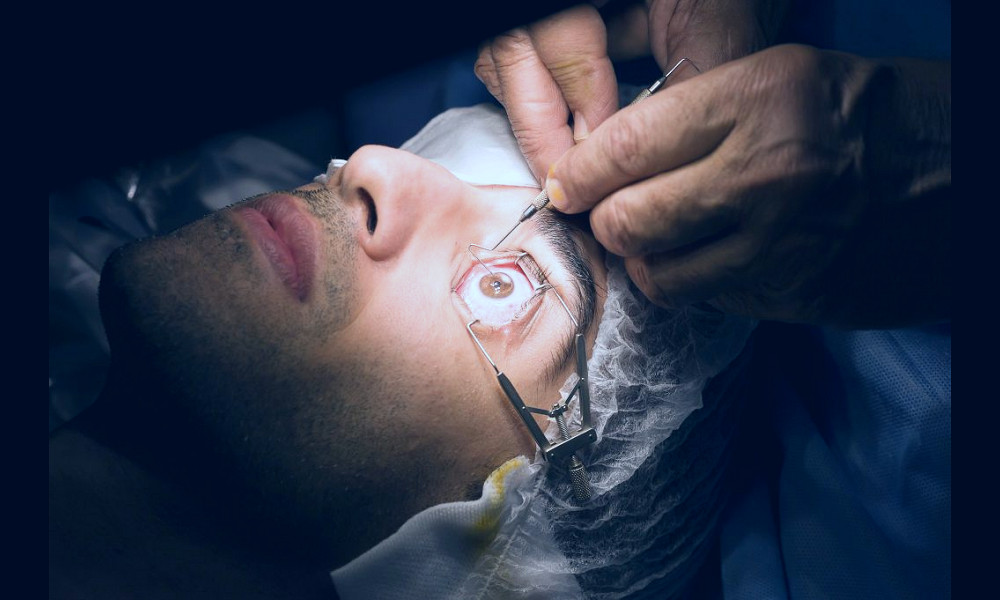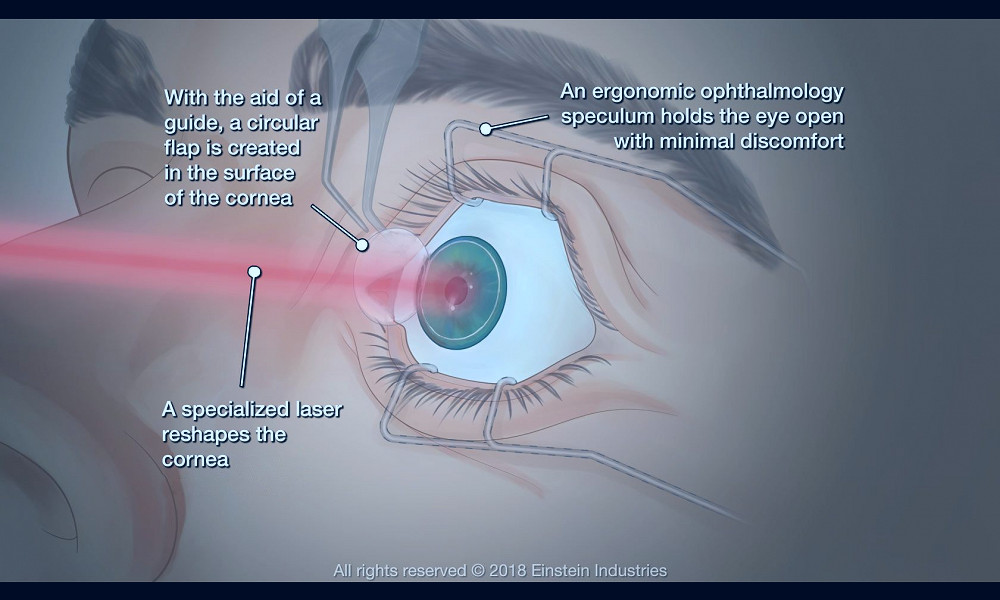
Unleash Your Vision: Why LASIK Surgery is the Clear Choice for a Glasses-Free Life
Lasik surgery is a groundbreaking vision correction procedure that utilizes a precise laser to reshape the cornea, effectively eliminating reliance on glasses or contact lenses. This quick, painless operation offers a long-term solution for common refractive errors including myopia, hyperopia, and astigmatism. It's a life-changing step towards clearer, sharper vision, giving you the freedom to enjoy life without the constraints of corrective eyewear.
| Procedure Type | Eye Surgery, Refractive Surgery |
| Purpose | To correct refractive errors, improve vision |
| Suitability | Myopia (nearsightedness), Hyperopia (farsightedness), Astigmatism |
| Procedure Duration | Approximately 10-15 minutes per eye |
| Recovery Time | 24-48 hours for visual recovery, several weeks for full recovery |
| Side Effects | Dry eyes, Glare, Halos, Double vision, Fluctuating vision |
| Success Rate | Approximately 96% |
| Risks | Undercorrection, Overcorrection, Astigmatism, Corneal haze, Infection, Loss of vision |
| Postoperative Care | Use prescribed eye drops, Avoid rubbing eyes, Routine follow-up check-ups |
| Procedure Cost | Varies, often not covered by insurance |
| Technology Used | Excimer Lasers, Femtosecond Lasers |
| Effectiveness | Most patients gain 20/20 or 20/25 vision |
| Brand Names | LASIK, PRK, LASEK, Epi-LASIK, SMILE |
| Provider Qualifications | Ophthalmologists, specifically trained in refractive surgery. |
Understanding LASIK Surgery
LASIK, or Laser-Assisted In Situ Keratomileusis, is a type of refractive eye surgery that helps correct vision problems like myopia (nearsightedness), hyperopia (farsightedness), and astigmatism. It's a modern, minimally invasive procedure that uses an excimer laser to reshape the cornea, leading to improved vision. Read more
The Importance of Accreditation
When choosing a LASIK surgeon, it's crucial to ensure they are board-certified and have experience with the procedure. This guarantees they've undergone rigorous training and have a proven track record of successful surgeries. Read more
The LASIK Procedure
The LASIK surgery is usually a quick process, typically lasting 10-15 minutes per eye. The surgeon uses a femtosecond laser to create a thin flap in the cornea, then lifts it to reshape the underlying tissue with an excimer laser. The flap is then replaced, healing naturally without the need for stitches. Read more
Recovery Time
One of the major advantages of LASIK surgery is the short recovery time. Most patients experience improved vision within 24 hours. While some discomfort or light sensitivity may occur immediately after the procedure, these symptoms typically subside quickly. Read more

Long-Term Results
LASIK surgery has a high success rate, with most patients achieving 20/20 or 20/25 vision. The results are typically long-lasting, and the need for glasses or contact lenses can be greatly reduced or even eliminated. Read more
Customization
Modern LASIK procedures can be customized to the individual's unique eye shape and vision needs, using wavefront technology. This allows the surgeon to correct minute refractive errors, leading to even sharper vision post-surgery. Read more
Potential Risks and Complications
Like any surgery, LASIK comes with potential risks and complications. These can include dry eyes, glare, halos around lights, and even loss of vision in rare cases. However, the risk of serious complications is less than 1%. Read more
Cost of LASIK Surgery
While the upfront cost of LASIK can seem high, it's important to consider the long-term savings. By reducing or eliminating the need for glasses or contact lenses, LASIK can end up saving money over time. Read more

Follow-Up Care
Post-operative care is crucial to ensure the best possible outcome from LASIK surgery. Regular check-ups with the surgeon or an ophthalmologist are recommended to monitor the healing process and ensure any potential complications are caught early. Read more
Decision Making
Choosing to undergo LASIK surgery is a significant decision that should be made after a thorough evaluation of the benefits, risks, and alternatives. A consultation with a qualified, experienced surgeon can provide valuable information and help make the decision easier. Read more
Facts
1. The Birth of Lasik: Did you know that the idea of Lasik surgery sprouted from a simple accident? An ophthalmologist named Ioannis Pallikaris accidentally cut the cornea of a patient during surgery. Instead of having a negative impact, the patient's vision improved dramatically. So, the accidental discovery led to the development of this innovative vision correction procedure.2. Speedy Recovery: One of the most appealing aspects of Lasik surgery is the quick recovery time. Most patients can return to their normal activities within 24 hours post-surgery, making it a convenient choice for those with busy schedules.
3. High Success Rate: According to the American Society of Cataract and Refractive Surgery, Lasik has an impressive 96% success rate. This means that 96 out of 100 people will have their desired vision after the procedure.
4. Painless Procedure: Contrary to popular belief, Lasik surgery is painless. Anesthetic eye drops are used to numb the eyes, ensuring a comfortable experience for the patient.
5. Long-term Savings: Lasik might seem expensive upfront, but it can actually save you money in the long run. People who undergo Lasik spend less on glasses, contacts, and related supplies, making it a cost-effective investment.
6. Not Just for Nearsightedness: While Lasik is often associated with correcting nearsightedness, it can also treat farsightedness and astigmatism. This makes it a versatile solution for a range of vision problems.
7. Customized Procedures: Every eye is unique, and so is every Lasik procedure. Surgeons use advanced technology to create a 3D map of each patient's eye, ensuring a treatment that's tailored to their specific needs.
8. Instant Results: Unlike other medical procedures that require weeks or even months to show results, with Lasik, you can notice an immediate improvement in vision. Many patients report seeing clearly just a few hours after surgery.
9. Minimal Side Effects: While some patients may experience dry eyes or temporarily disturbed vision, these side effects are usually mild and short-lived. Plus, the rate of complications is extremely low, making Lasik a safe choice for vision correction.
10. LASIK Stands for...: Ever wondered what 'Lasik' stands for? It's an acronym for Laser-Assisted in Situ Keratomileusis. Quite a mouthful, right? Thankfully, the procedure itself is a lot simpler than its name suggests!
Read more
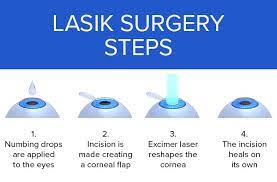 LASIK Surgery: Definition, Procedure, Results
LASIK Surgery: Definition, Procedure, Results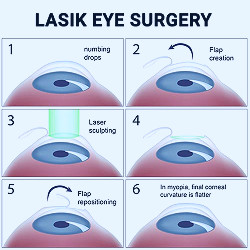 LASIK Eye Surgery in NYC - Vitreous Retina Macula Consultants of New York
LASIK Eye Surgery in NYC - Vitreous Retina Macula Consultants of New York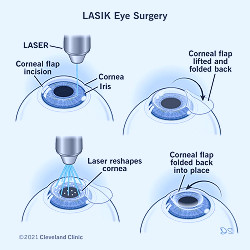 LASIK Eye Surgery
LASIK Eye Surgery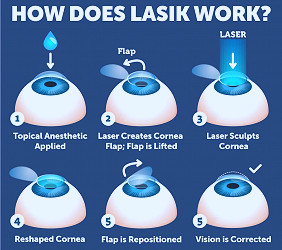 Lasik Surgery Tampa - Eye Clinic of Florida
Lasik Surgery Tampa - Eye Clinic of Florida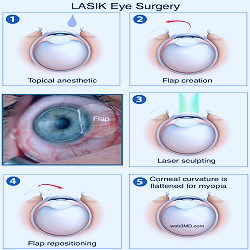 LASIK Eye Surgery for Vision Correction at Fort Worth Eye Associates
LASIK Eye Surgery for Vision Correction at Fort Worth Eye Associates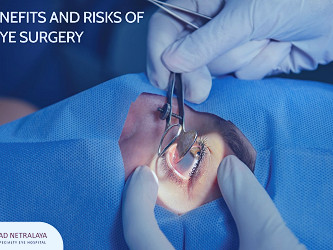 The Benefits and Risks Of LASIK Eye Surgery | Prasad Netralaya
The Benefits and Risks Of LASIK Eye Surgery | Prasad Netralaya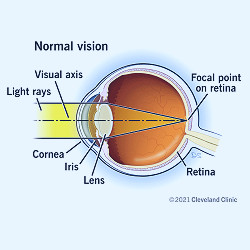 LASIK Eye Surgery
LASIK Eye Surgery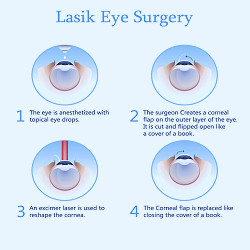 What does LASIK eye surgery feel like ? - Optilase
What does LASIK eye surgery feel like ? - Optilase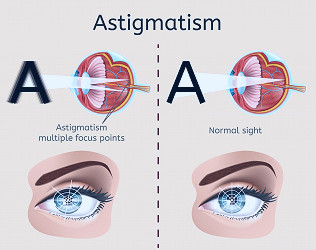 Lasik Eye Surgery Cost for Astigmatism | Excel Eye
Lasik Eye Surgery Cost for Astigmatism | Excel Eye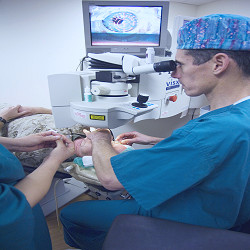 LASIK - Wikipedia
LASIK - Wikipedia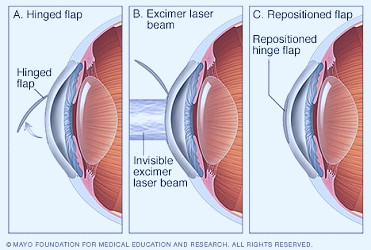 LASIK eye surgery - Mayo Clinic
LASIK eye surgery - Mayo Clinic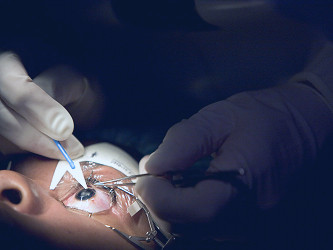 For Some, Lasik Brings More Problems Than Solutions : NPR
For Some, Lasik Brings More Problems Than Solutions : NPR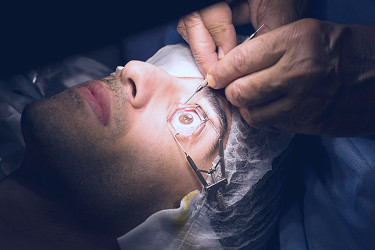 Is LASIK Eye Surgery Safe - LASIK Eye Surgery Side Effects and Risks
Is LASIK Eye Surgery Safe - LASIK Eye Surgery Side Effects and Risks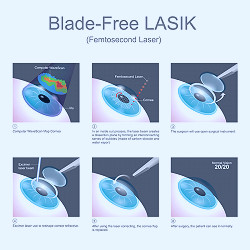 LASIK Eye Surgery Los Angeles | Laser Vision Medical Associates
LASIK Eye Surgery Los Angeles | Laser Vision Medical Associates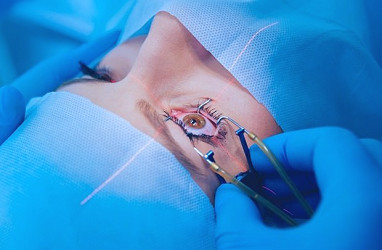 What are the Pros and Cons of LASIK Eye Surgery? — iCare Family Vision
What are the Pros and Cons of LASIK Eye Surgery? — iCare Family Vision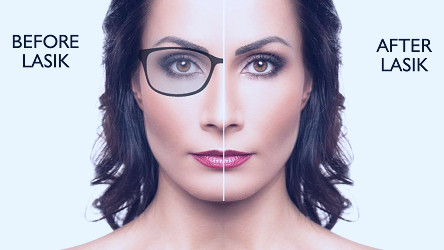 Lasik Surgery in Vadodara | Best Laser Eye Surgery Clinic
Lasik Surgery in Vadodara | Best Laser Eye Surgery Clinic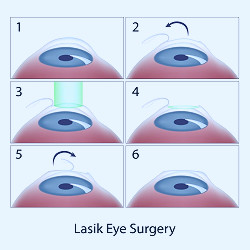 What are the Differences Between PRK and LASIK? | Queens NY
What are the Differences Between PRK and LASIK? | Queens NY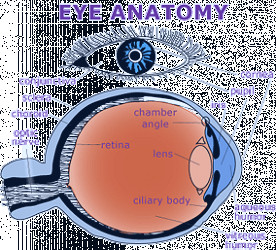 What is LASIK? | FDA
What is LASIK? | FDA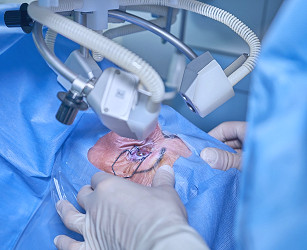 7 Questions Answered About Laser Eye Surgery
7 Questions Answered About Laser Eye Surgery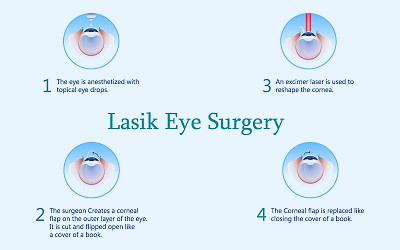 LASIK Eye Surgery Near Boynton Beach & Lake Worth, FL
LASIK Eye Surgery Near Boynton Beach & Lake Worth, FL 